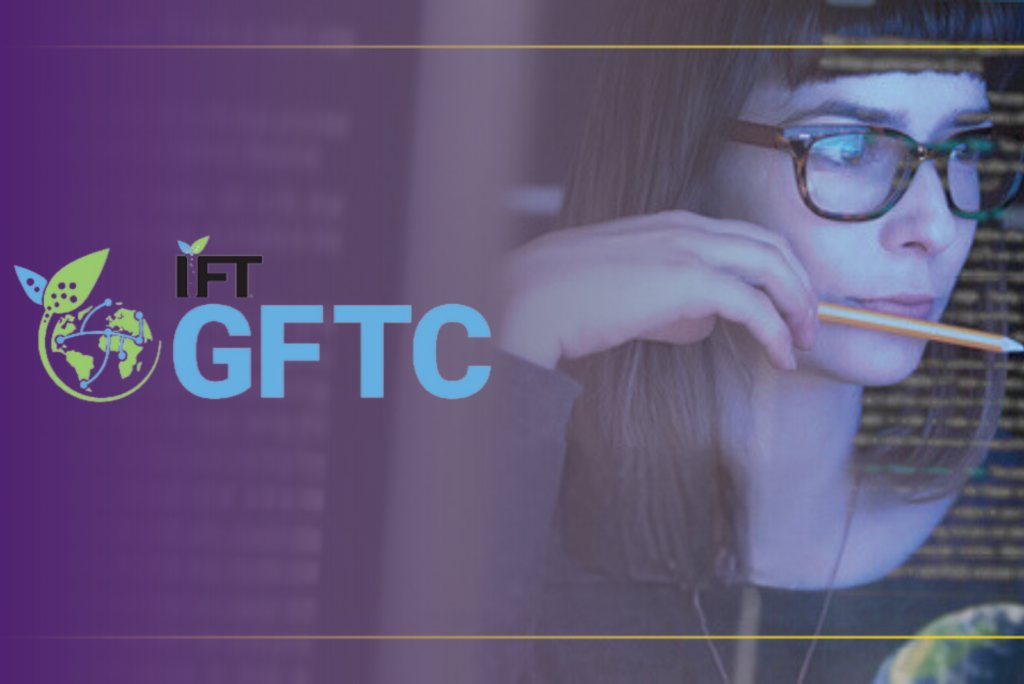CHICAGO — Now that the baking industry has mostly settled into the FSMA era, the FDA’s FSMA Traceability Rule 204 will go into effect in January 2026. The Institute of Food Technologists (IFT) estimates the rule could impact more than 320,000 food companies and encompass more than 480,000 manufacturing plants in the US, in addition to tens of thousands operating internationally.
While the rule pertains to specific foods identified on the Food Traceability List, it may impact how bakers will need to trace certain ingredients such as nut butters and whole eggs. Additional legislation can be tough to navigate, but the rule is intended to define traceability and establish guardrails for ensuring it’s properly put into practice.
“If you talked to food manufacturers pre-FSMA … people would have different definitions of what traceability means,” said Blake Harris, technical director of IFT’s Global Food Traceability Center (GFTC). “FSMA puts a good stake in the ground in terms of a definition of traceability for the food industry, at least in regard to food safety and FDA’s key mandate.”










